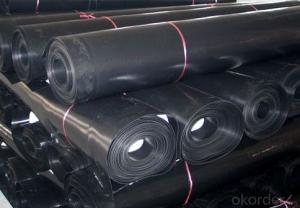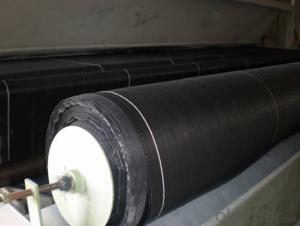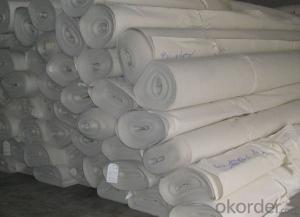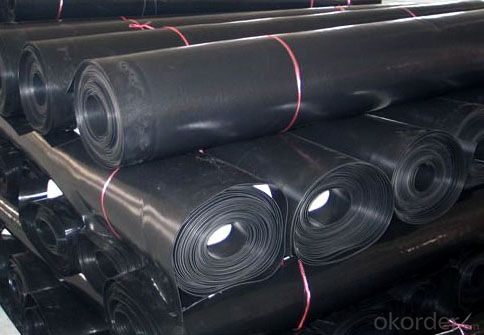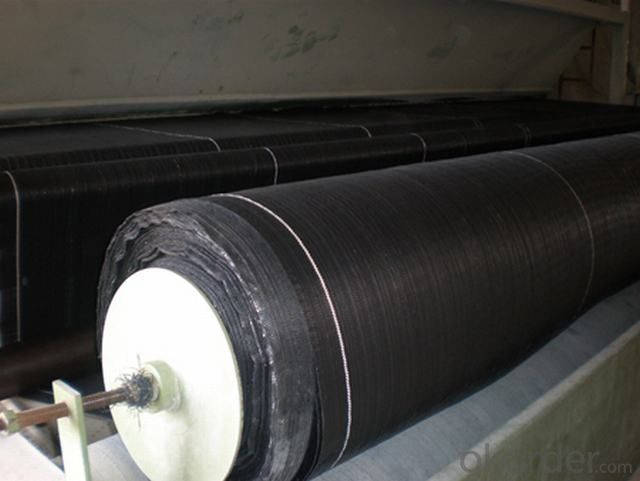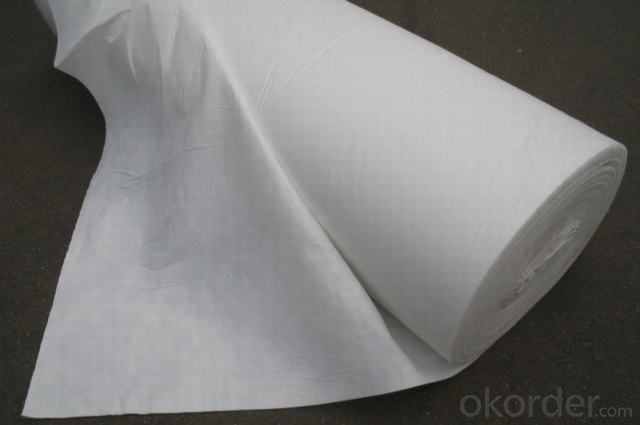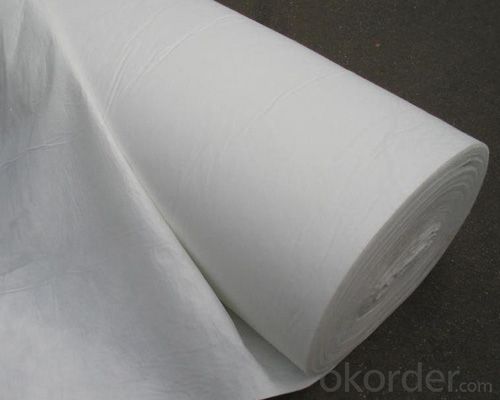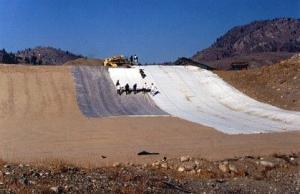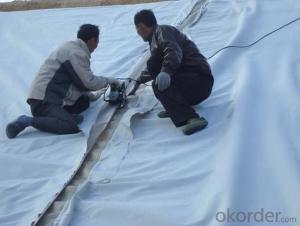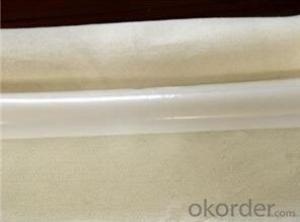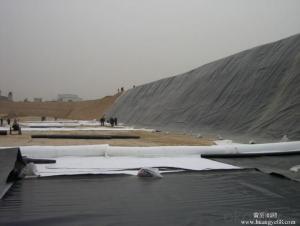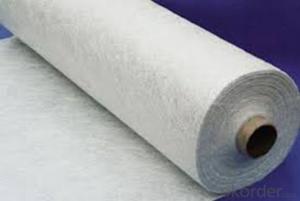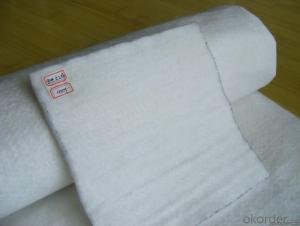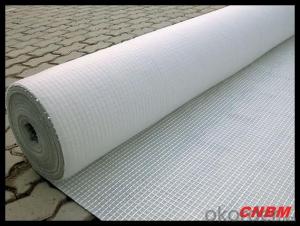Malla Geotextil Valencia Needle Punched Nonwoven Geotextile for Filtration Function
- Loading Port:
- Qingdao
- Payment Terms:
- TT OR LC
- Min Order Qty:
- 20000 m²
- Supply Capability:
- 1500000 m²/month
OKorder Service Pledge
OKorder Financial Service
You Might Also Like
Specifications of Needle Punched Nonwoven Geotextile for Filtration Function:
Polyester Filament Needle Punched Geotextile/nonwoven
Fine permeability and filtering performance
Acid and alkali resistance
Features of Needle Punched Nonwoven Geotextile Filtration Function:
High strength, good capacity of elongation and high biology tolerance, alkali tolerance, acidity tolerance, weather resistance, good filtration and fine drainage capacity etc. With good cost performance, easy in construction and use effects.
Application of Needle Punched Nonwoven Geotextile Filtration Function:
1. Water conservancy projec: seawall, dike,river canal engineering;Reservoir reinforcement engineering; Reclamation engineering; Flood control engineering.
2.Highway,railway and airport project: soft foundation reinforcement; Slope protection; Pavement structure layer reflective crack prevention; Drainage system; Greening belt.
3.Electrical engineering : Nuclear infrastructure;Thermal power ash dam project;Hydropower project.
Technical Data Sheet of Needle Punched Nonwoven Geotextile Filtration Function:
Item | Index | ||||||
20-15 | 30-22 | 40-28 | 50-35 | 60-42 | 80-56 | 100-70 | |
Breaking strength at warp direction (kN/m) ≥ | 20 | 30 | 40 | 50 | 60 | 80 | 100 |
Breaking strength at weft direction (kN/m) ≥ | 15 | 22 | 28 | 35 | 42 | 56 | 70 |
Elongation at break (%) ≤ | 28 | ||||||
Trapezoid tearing strength( warp direction ) (kN) ≥ | 0.3 | 0.45 | 0.5 | 0.6 | 0.75 | 1.0 | 1.2 |
Bursting strength (kN) ≥ | 1.6 | 2.4 | 3.2 | 4.0 | 4.8 | 6.0 | 7.5 |
Vertical permeability coefficient (cm/s) | 10-1~10-4 | ||||||
Effective pore size O95,mm | 0.08~0.5 | ||||||
Mass per unit area (g/m2) | 120 | 160 | 200 | 240 | 280 | 340 | 400 |
Mass error in unit area (%) | ±10 | ±10 | ±10 | ±10 | ±10 | ±10 | ±10 |
FAQ:
What is the main application of Needle Punched Nonwoven Geotextile?
The main application of our Short Fiber Nonwoven Geotextile is as follows: The highway, railway, soil-stone dam, breakwater, airport, backfill soil of retaining wall, slope protection, etc.
Where is your main market?
Our main market is in Middle East, South America and some African countries.
What is your advantages for Needle Punched Nonwoven Geotextile?
One of the largest manufacturer of PP Woven Geotextile for Construction
with advanced equipment, big production capacity and excellent quality.
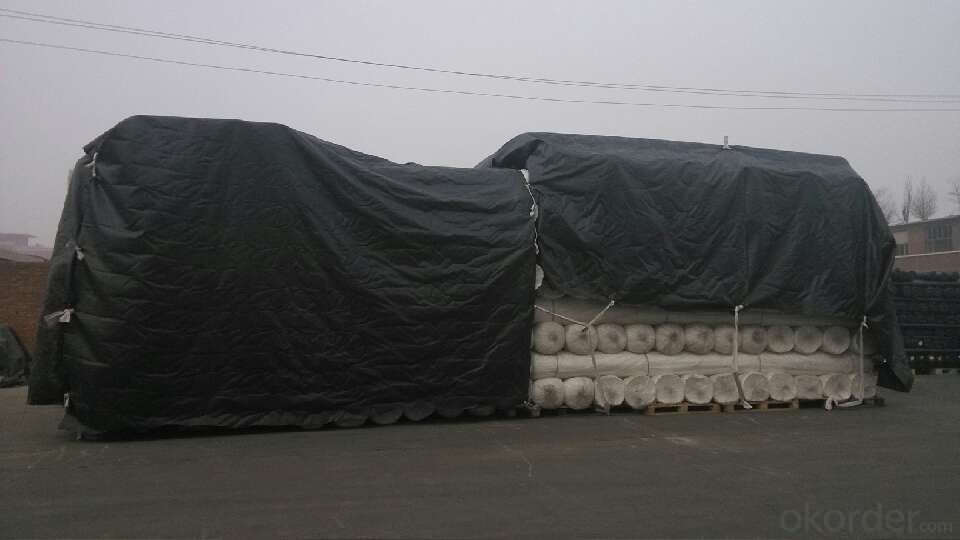
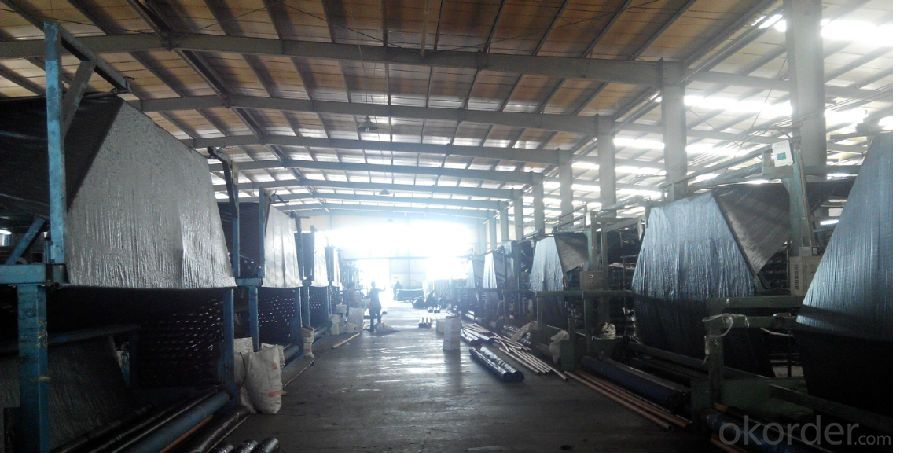
- Q: What are the different applications of geotextiles in agriculture?
- Geotextiles have various applications in agriculture, including erosion control, soil stabilization, weed suppression, moisture retention, and filtration. They are used as ground covers to prevent soil erosion caused by wind or water, providing stability to slopes and embankments. Geotextiles also help in retaining moisture in the soil, reducing the need for irrigation. Additionally, they act as a barrier to control weed growth, reducing the competition for nutrients and water. Furthermore, geotextiles are employed for filtration purposes, allowing water to pass through while preventing the loss of fine particles. Overall, geotextiles play a crucial role in enhancing agricultural practices and promoting sustainable farming.
- Q: How do geotextiles help with erosion control in river channels?
- Geotextiles aid in erosion control in river channels by acting as a protective barrier against soil erosion. They are placed along the riverbanks or riverbeds to prevent the loss of soil particles due to water flow. Geotextiles stabilize the soil, increase its resistance to erosion, and promote vegetation growth. Additionally, they allow water to pass through while retaining sediment, thus reducing sedimentation in the river channel.
- Q: Can geotextiles be used in landfill construction?
- Yes, geotextiles can be used in landfill construction. They are commonly used as liners, covers, and drainage materials in landfills to prevent soil erosion, control water flow, and improve stability and performance of the landfill structure.
- Q: How do geotextiles help with reinforcement of geogrid reinforced embankments?
- Geotextiles help with reinforcement of geogrid reinforced embankments by acting as a separation layer between the soil and the geogrid. They prevent the intermixing of different soil layers, thereby maintaining the stability and integrity of the embankment. Additionally, geotextiles enhance the drainage capabilities of the embankment by allowing water to pass through while retaining the soil particles. This helps in reducing the potential for erosion and maintaining the long-term performance of the embankment.
- Q: Can geotextiles be used in canal lining projects?
- Yes, geotextiles can be used in canal lining projects. They are often used as a lining material to enhance the stability and longevity of canals. Geotextiles help to prevent erosion, control seepage, and provide reinforcement to the canal structure.
- Q: Where is the sale of geotextiles in Tibet?
- Tibet geotextile, a variety of specifications, & lt; Ji Han irrigation pit thieves ghosts and bursonoids p & gt;
- Q: What are the installation techniques for geotextiles?
- There are several installation techniques for geotextiles, depending on the specific application. Common techniques include anchoring the geotextile with pins or stakes, using mechanical or adhesive methods to secure overlapping sections, and incorporating it into the soil through tilling or mixing. The choice of installation technique will depend on factors such as the intended function of the geotextile, the site conditions, and the desired longevity of the installation.
- Q: How do geotextiles help with moisture management in construction projects?
- Geotextiles aid in moisture management in construction projects by acting as a barrier against water infiltration and promoting drainage. They are permeable fabrics that allow water to flow through, preventing water buildup and potential damage to structures. Geotextiles also help to stabilize soil, control erosion, and separate different soil layers, further enhancing moisture management in construction projects.
- Q: What are the factors to consider when selecting geotextiles?
- When selecting geotextiles, factors to consider include the desired application, site conditions, required strength and durability, permeability, cost, and environmental considerations.
- Q: Mainly how to filter layer construction, cutting for the weak weathering rock
- The walls behind the sandbags ah, but in most cases are mechanical backfill, and then the top surface of a layer of sandbags and composite drainage network mean
Send your message to us
Malla Geotextil Valencia Needle Punched Nonwoven Geotextile for Filtration Function
- Loading Port:
- Qingdao
- Payment Terms:
- TT OR LC
- Min Order Qty:
- 20000 m²
- Supply Capability:
- 1500000 m²/month
OKorder Service Pledge
OKorder Financial Service
Similar products
Hot products
Hot Searches
Related keywords
